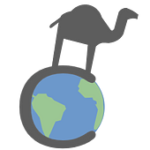A Short List of Essential Worldschooling Supplies
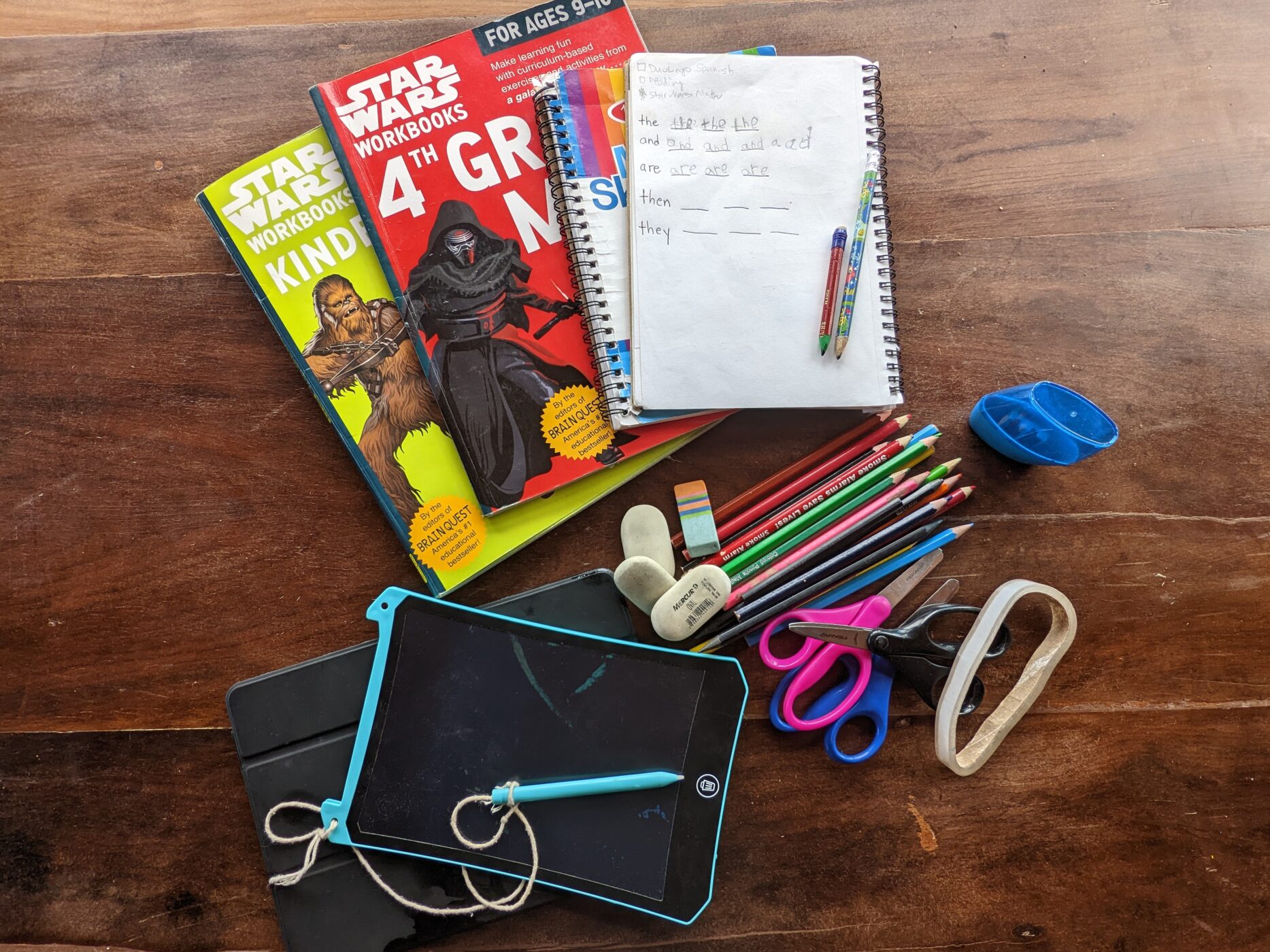
We are traveling South America for a year with a backpack per person. Here are the basic physical and digital tools we’re using to support our kids’ learning throughout this time.
“What curriculum are you using?” “How will the kids keep up with their peers in school?” We get asked these questions a lot when people find out we’ve taken our kids out of school to travel for a year. Since we like to travel light, we haven’t brought any kind of comprehensive curriculum. Who wants to lug a suitcase full of workbooks through a crowded bus station or through customs? We’ve found these basic supplies, in addition to some digital resources, to suit our needs well enough.
Physical Supplies
Star Wars Math Workbooks
These workbooks take our kids through the U.S. Common Core standards for math at their grade levels. It helps that they are learning how to add with Ewoks, identify place value with Finn and Rey, and compare fractions from Jedi masters.
Blank Notebooks
Notebooks provide paper for all purposes! One of our first worldschooling activities in these books was drawing the flags of various countries.
Pencils, Erasers, Colored Pencils, Scissors, Pencil Sharpener, and Tape
The tape was a later addition, and has been useful when the kids want to make paper crafts. Since we’re short on toys, they often rummage through our box of recyclables to cobble together playthings.
LCD Writing Tablets
They are easy-erase screens for doodling, teaching a concept, and practicing.
Smartphones (not shown here) and iPad
If we’re working with one child, often we’ll get the others busy on an activity on a device. Though we’d prefer to use less screens, for this year they’ve come in very handy to access a world of resources without lugging more materials around.
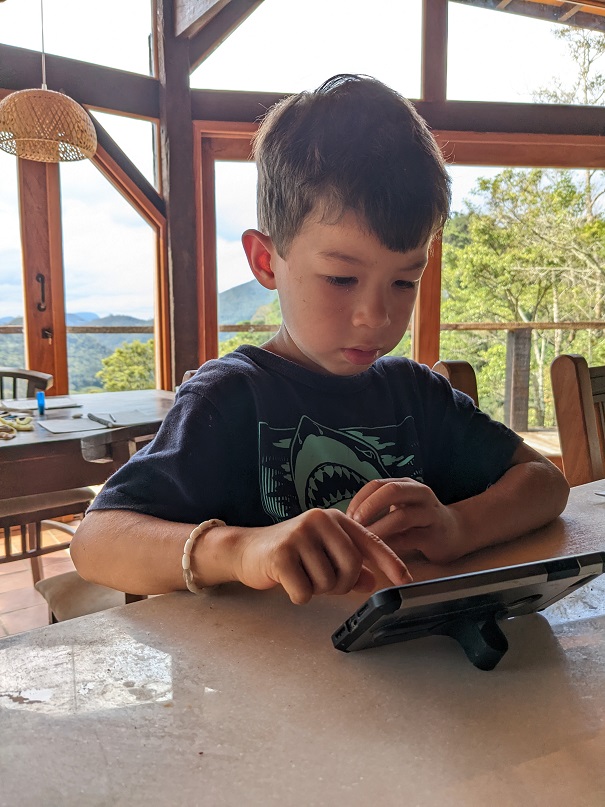
Digital Resources
Khan Academy
Khan Academy (kindergarten through high school) and the Khan Kids App (ages 2-8) are free apps that offer a range of activities in math, science, reading and language arts and more, tailored to age and grade level. The Khan Kids app has some helpful early reader eBooks that our kindergartener is using to learn to read.
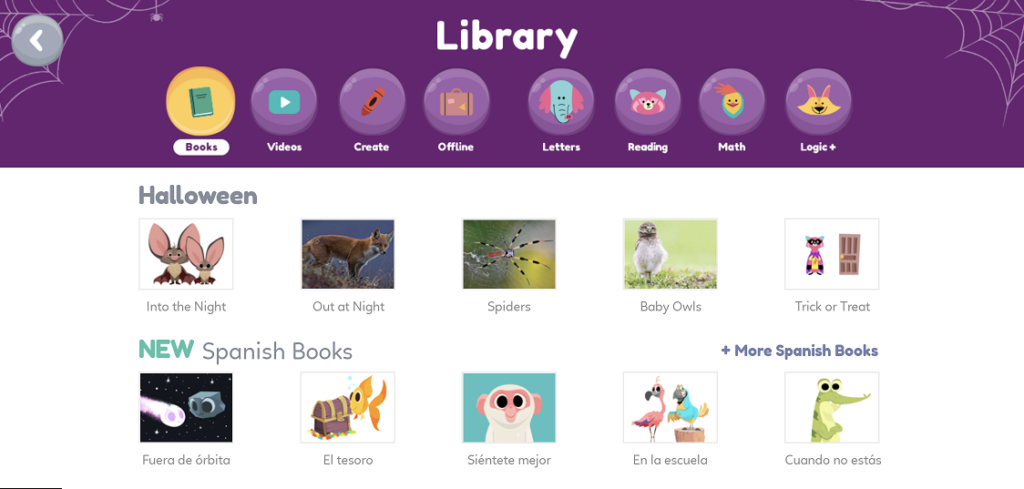
Library App
Libby and Axis360 contain plenty of eBooks that we can borrow through our local library membership.
DuoLingo
Since our kids attend a dual-language Spanish-English school back home in Illinois, we want to be sure they’re keeping up with their Spanish. The DuoLingo app (free or paid) offers courses in almost any language you would want to learn. It’s what we used for a year to learn Portuguese in preparation for our time in Brazil.
Dollar Street by GapMinder
We learned about this website after reading the book Factfulness, about how the realities of the world are actually better than we perceive, because our minds tend to select the most dramatic and upsetting pieces of information to focus on.
Dollar Street is an interactive tool that shows how families across the world live, from their monthly income, housing situation, what they use to brush their teeth, their drinking water, their nicest shoes, and even what their hands look like. It has helped our kids make sense of our relative privilege as Americans traveling around the world.
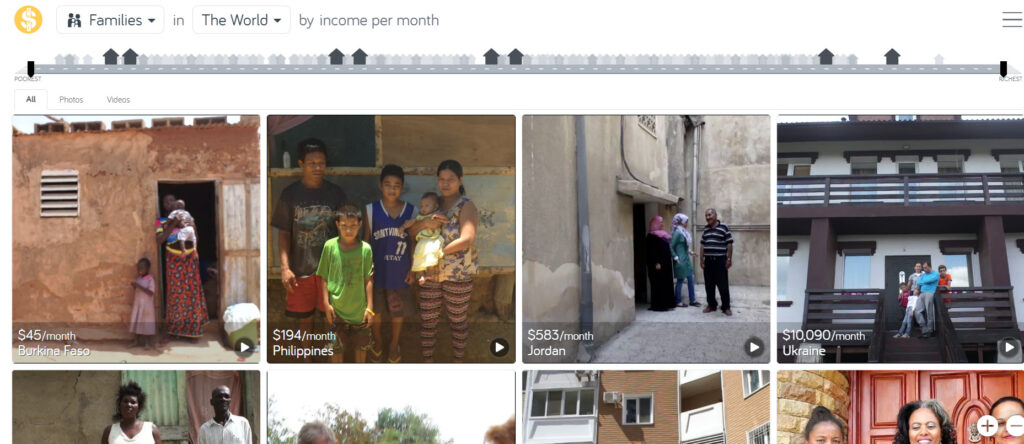
Dollar Street’s interactive tool for learning how families around the world live.
Plant and Bird Identification Apps
One morning we took the kids out on a hike with the plant identification app and each of us identified three different items, from the rattlesnake plant, to bamboo, to wild plantain, to possibly even a coffee plant. For birds, we’ve identified southern lapwings, green tanagers, great kiskadees, and more. Nature is our greatest motivation to learn and our best teacher.
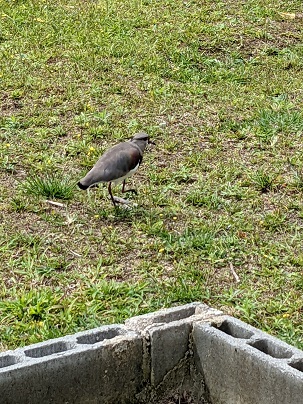
YouTube
We also look up lots of videos on YouTube when we want to learn more about a certain phenomenon we’re seeing, whether that’s the moon cycle, different kinds of rocks, constellations, how bananas grow, leafcutter ants, or hydraulic jumps.
Scratch for Learning Computer Science
If you or your child are at all interested in computer science, or you just want them to flex their logical thinking muscles, Scratch provides an interface for block programming. It’s like putting puzzle pieces together rather than having to deal with arcane syntax and punctuation.
Scratch can be used at any ability level. A beginner might create a story with animated cat that moves around and talks. More advanced users can create games. Matt has even used it to create practice apps for multiplication tables and spelling words.
The best part is that the child is learning without knowing it. What kind of third grader listens with rapt attention while their dad explains cartesian coordinates? One that is trying to make a game where the player moves a shark around to eat all the fish.
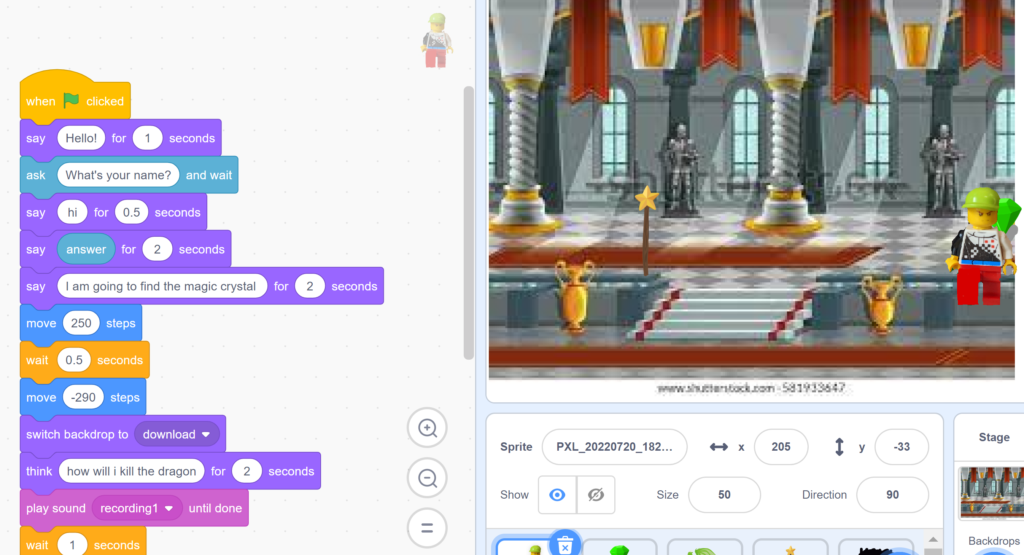
Our Approach to Worldschooling
We’re trying to keep it simple by keeping up our kids’ math, reading, and writing, then adding in additional topics based on what sparks our curiosity in the world around us. For example, I noticed the kids were really interested in playing restaurant, so for about two weeks we worked on making our own restaurant menus, then using them to play restaurant together. We even sent the menus to friends and family back home and had them order items, which the kids “prepared” in drawings and delivered via text message. It was good practice in writing, math, art, and business/economics!
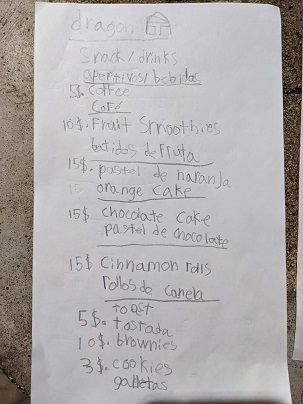
Another example, on September 7 we ran into a parade in downtown Paraty for Brazilian Independence Day. When we got home, Matt gave the kids a crash course on Brazilian history, including a long discussion on what is a colony and the legacies of European colonialism in the Americas.
Though we’re light on supplies, we’re strong on curiosity and openness to the wide world around us. With those assets under our belts, we’re off to a great worldschooling year!
If you have any suggestions for other good worldschooling resources, let us know in the comments!






